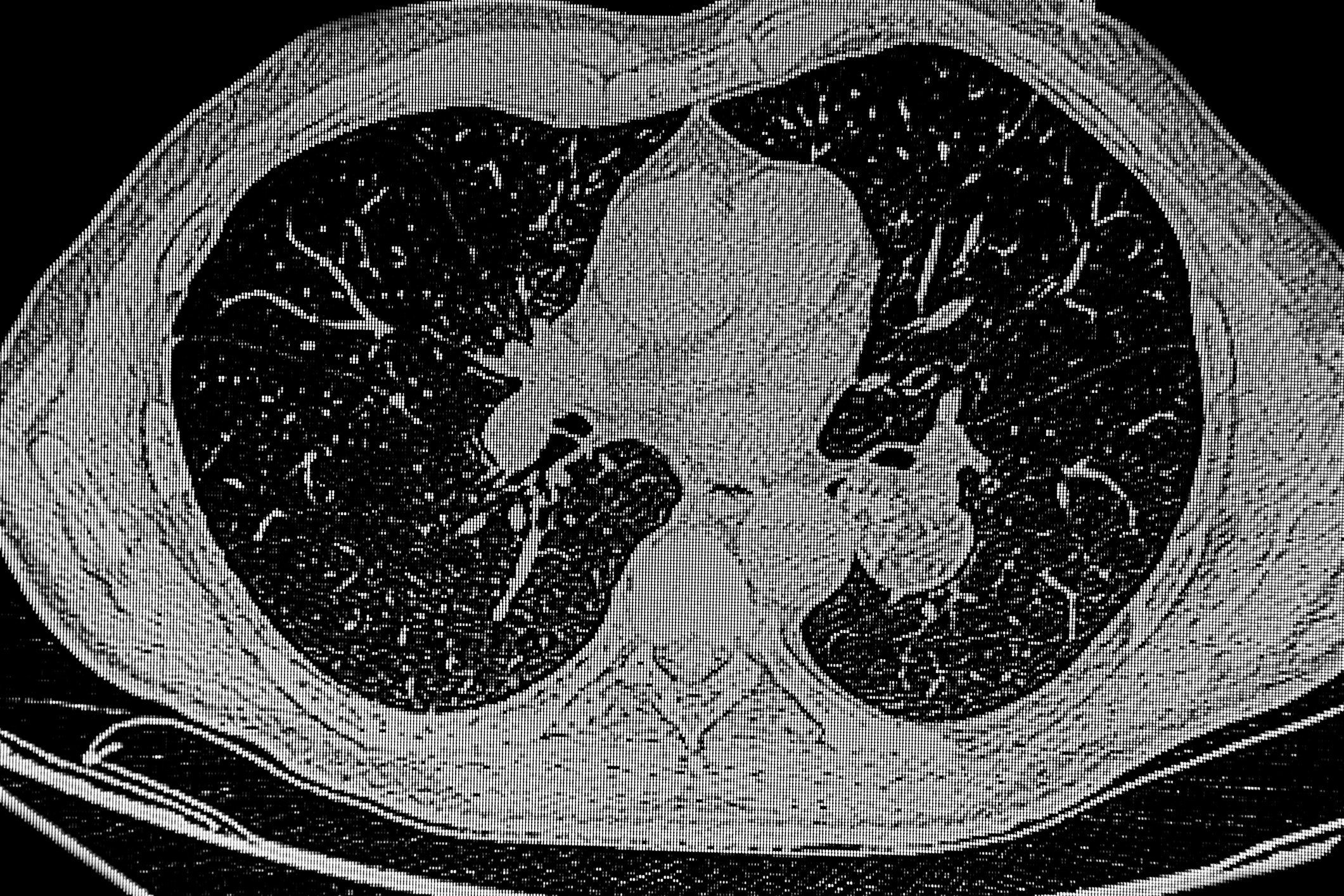Those who suffer from rheumatic complaints often have difficulty performing everyday movements at home or at work. Here, the everyday aids can be a great relief. They provide support when strength is no longer sufficient or pain makes activities difficult. Monika Oberholzer, dipl. occupational therapist and specialist advisor for everyday aids at the Swiss Rheumatism League, explains how to use the little helpers.
Everyday aids seem to be in vogue, you can now find them on the shelves of major distributors and you keep coming across them in health magazines. What is it actually about this development and these little helpers?
Monika Oberholzer: Basically, there are more and more elderly and multimorbid people in our society who are dependent on help or auxiliary objects in their everyday lives that enable them to remain as independent as possible into old age.
The everyday aids, which can be ordered from the Rheumaliga Schweiz, relieve people with rheumatic complaints or also other physical movement restrictions (back pain, hip TEP) in various areas of everyday life. They usually come into play when pain or lack of strength is the main concern. However, they can also be used very well for overuse syndromes or muscle tension in addition to occupational and physiotherapy treatment. In my opinion, patients with a freshly diagnosed inflammatory rheumatic disease should receive joint protection and daily living aids instruction from an occupational therapist right from the start.
For which areas are everyday aids particularly useful?
The offer ranges from items for personal hygiene, to those in the area of cooking, eating, household, to reliefs for the office or other leisure time (Fig. 1).
Especially in the kitchen, a lot can be done for joint protection. When preparing meals, for example, electric can openers or vacuum release devices for screw lids are relieving. Furthermore, some ailments lead to difficulties in getting dressed. If the strength or mobility to button a shirt is no longer sufficient, for example, the button opener is of use: With the wire loop, the button can easily be pulled into the opening. In osteoporosis, bone fractures are a feared consequence. Here, gripping forceps can possibly reduce the risk of falling. Soft tissue rheumatism requires thickened soft grips to limit pain. Because we want to find individual solutions in occupational therapy, it also happens that we adapt cherished utensils or even new everyday aids to the new circumstances with special material.

How does buying an everyday aid from the Rheumatism League differ from buying it yourself from a wholesaler?
In contrast to the major distributor, the Rheumaliga offers individual telephone consultation by specialists. It is important to advise the customer on his problem and recommend the best product for his needs.
There is no consulting situation in the wholesale distributor. Overall, however, the offer can contribute to the awareness of everyday aids. Optimally, this will lead to healthy people also making preventive use of such little helpers. Joint protection must begin as early as possible. The Swiss Rheumatism League draws attention to such preventive measures with action weeks, annual themes and campaigns such as “Lueg dine Händ”.
What is the specific process of an Everyday Help Instruction?
The patient must be referred by the physician. Through the assessment, the occupational therapist obtains an overview of the client’s movement possibilities and pain on the one hand, but also of his or her life circumstances and difficulties in everyday life on the other. First, we go through a questionnaire with the patient in which he or she ticks off where he or she has trouble in everyday life. It is important that the patient himself says which areas seem relevant to him, then there is also a good initial motivation. In clinics, and sometimes in occupational therapy practices, for example, there is a kitchen where people can work with cooking objects. For patients, concrete training with an object of daily use or even an everyday aid is much more motivating and comprehensible than going through abstract movement sequences. Ultimately, this is exactly what occupational therapy means: the patient should be able to function in his or her individual everyday life.
Occupational therapy optimization of the workplace is a bit more difficult. In this case, the patient is asked to describe his or her working environment, or an attempt is made to obtain as concrete a picture of it as possible by means of photographs. In office jobs, for example, it’s often poor posture that leads to neck and back pain. Here, everyday aids such as footrests or notebook stands are used to guarantee a more ergonomic posture. For a truly professional ergonomics assessment that takes place at the workplace itself, there are trained experts.
What measures does occupational therapy undertake beyond the instruction of daily living aids?
If we just stay in the office area: The point is to show the patient how he can improve his posture with simple measures. Overall, office workers are advised not to sit in the same position all the time. In addition, you should always stretch and stretch, create work paths such as from the printer to the computer or from the coffee machine to the seat. In principle, we advise all patients to move around, whether in the stairwell or on the way to work. In occupational therapy, an attempt is made together with the person concerned to structure everyday life in this way. In addition, occupational therapy also treats stroke patients, clients who have undergone hand surgery, and does home assessments for elderly geriatric patients. To name a part of the offer.
How can the social environment of the affected person be included in occupational therapy?
In some cases, spouses are invited into the therapy sessions to show them how they can support the patient in his or her everyday life, e.g. in personal hygiene, dressing or eating. However, it is not only about instructions for care, but also about conveying to the relatives which movements the patient can certainly continue to perform himself or train himself to perform. Personally, I think it’s important for spouses not to suddenly become caregivers, but to maintain their primary role in the relationship and still learn to support the sick person.
What does interdisciplinary collaboration with residential institutions such as nursing homes or homes for the elderly look like?
When a patient transfers from the clinic to a nursing institution, the occupational therapist tries to make the therapy exit as harmonious as possible in cooperation with the institution. Specifically, this may include instructing home caregivers on what areas the patient should continue to exercise in or what ergonomic difficulties exist regarding their living space. For example, according to the ICF, one summarizes in each case the patient’s mobility status, shows which activities and participations he is capable of and gives any recommendations for further care.
What is the way to get the everyday aids?
You can order them from Rheumaliga Schweiz by phone, mail or webshop. In addition, telephone consultation is offered. There are also various publications on the subject, such as the joint protection brochure or the everyday aids catalog.
Interview: Andreas Grossmann
HAUSARZT PRAXIS 2013; 8(8): 4-5











